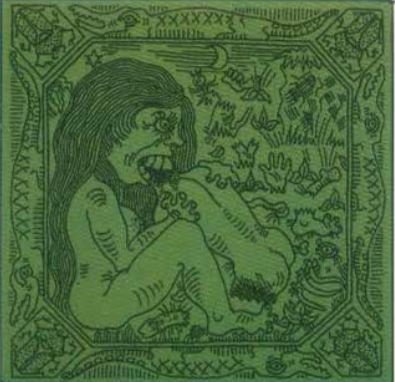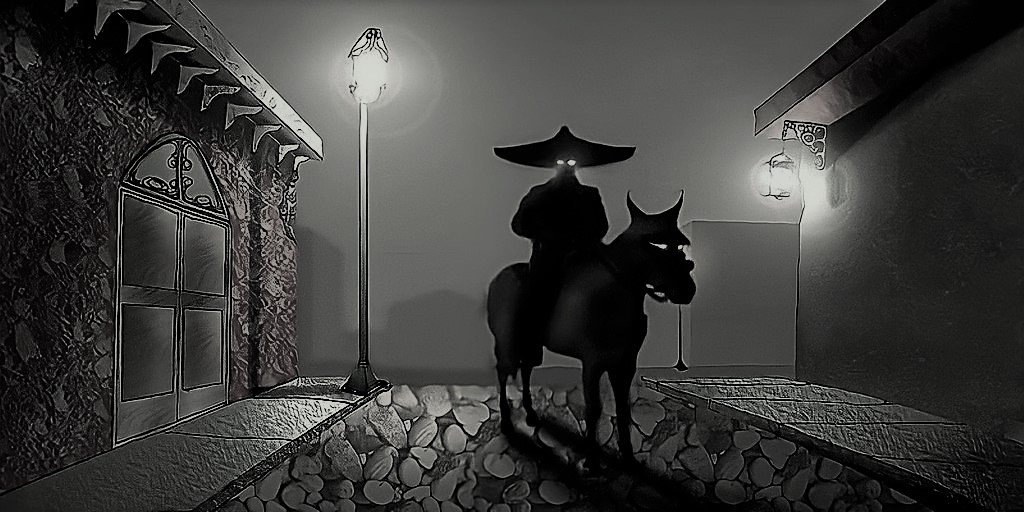The Mysterious Sweating Sickness
If you got the sweats you better hope “Get Well Soon” means “Get Well in Less Than 24 hours”
In June of 1528 French ambassador, Cardinal du Bellay wrote, “The disease… is the easiest in the world to die of.” The disease he was referring to wasn’t the black plague. That disease was still decades away from a surprise guest re-appearance.
The disease the cardinal was referring to was called The English Sweats. A mysterious disease that killed you within hours of infection with a peculiar symptom that saw people sweating uncontrollably and to this day has no known cause. It was a disease that sent the king running, sleeping in a different bed every night, and citizens across Europe terrified. Just the thought of it could make anyone sweat.
Today we’re looking at the multiple outbreaks of the English Sweats and what we actually know about its origins.
First Beads of Sweat
The first sign there was trouble in London was in 1485 several weeks after the end of the War of the Roses. A civil war that saw the House of Lancaster and the House of York duke it out for control of England. The House of Lancaster was led by Henry Tudor while the House of York was led by King Richard III.
No mentions of dragons in my sources unfortunately.
During the battle of Bosworth Field, Lord Stanley and his army, which made up about 30% of Richard’s army, had to excuse themselves from the fight. Imagine King Richard’s face when he was told almost a third of his army was taking a sick day.
Turns out it was legit though since they were suffering from the sweats. Also Lord Stanley and his army eventually turned on King Richard so imagine his face then.
In the end the house of Lancaster came out victorious and Henry was crowned King Henry VII. It’s thought by some researchers that the English sweats spread quickly to many of the citizens during the coronation of King Henry. It’s possible it was brought into the city by his army who caught it from King Richard’s army.
The English Sweats Appears
Several weeks later in September 1485 the first cases of what became known as the English sweats would start killing locals. At the onset of sweats people felt a sense of dread, then headache, muscle pains, weakness, and, of course, uncontrollable sweating. Severe thirst, a fever, dehydration, and heart palpitations followed.
Up to 50% of the people afflicted with the disease died. The biggest problem, yes it gets worse, is if you make it out alive, you could just as easily get the English sweats again, your body didn’t seem to build up an immunity to it.
And if you’re feeling bad these people had to suffer through all of this, don’t worry they didn’t suffer long since the English Sweats killed you between 3 to 18 hours after onset. By the end of October, around 6 weeks later, thousands of people had died.
Fear spread just as quickly as this was back when science wasn’t really doing so well in the education category. Many people who backed King Richard believed the disease was a punishment from God because King Henry had taken the throne.
But people didn’t have to fear god’s retribution for long since the disease died down by November. So either a God wasn’t behind it or God got real cool with King Henry real quick.
The English Sweats 2: Smaller, Shorter, Sweatier
But in 1508 the disease came back but like most sequels, it was longer but not as impactful as the original epidemic. Appearing in June and gone with a whimper by October.
But this probably made the disease try for a trilogy cash grab by coming back just 9 years later although it was overshadowed by another competitor, the black plague.
The first three outbreaks had been contained in London and became progressively easier to deal with as the decades went on, so what happens when a franchise stops being effective? That’s right, a reboot that appeals to all audiences and by that I mean in 1528 the disease came back and spread way past London.
English Sweats
Denmark, Sweden, Latvia, Lithuania, Poland, Switzerland, and even Russia were all affected by the English sweats. During this phase of the outbreak, the mortality rate reached as high as 90% in some cities although the number may have been that high due to the inexperience of some doctors.
Meanwhile in England, their King, Henry VIII was a little bit of a hypochondriac and by that, I mean he was a huge hypochondriac. He would self-diagnose himself with all sorts of medical issues; insomnia, migraines, and gout. He also self-medicated and had his own prescription book so he could prescribe himself a number of meds of his own choosing.
Now Henry VIII had been around for the second and third outbreaks and despite them not being as bad, he still feared them. Which I totally get, I don’t like sweating and my sweats won’t even kill me.
So when this outbreak broke out, King Henry VIII began sleeping in different beds every night in an attempt to prevent catching it. Then he just ran and stayed away for about a year, quarantining himself during that time. A couple of years ago I might have been impressed, these days? I’ve done over 14 months easy, so do you even quarantine bro?
Eventually, like all the outbreaks before, the English sweats slowly went away by the fall but would once again strike back in 1551. Though this outbreak wasn’t as widespread as the previous and fell victim to the sequel curse.
What the Hell Happened?
But the most interesting part of the English Sweats that still interest scientists and researchers today is where the hell did it come from? Back in the 1500’s many thought it was divine retribution. A book written in 1552 by John Caius blamed evil mists and impure spirits. And he was the doctor.
For some time researchers believed it may have been some form of pneumonia but the lack of respiratory symptoms throws that out of the window. At one point anthrax was thought to be a culprit. But the most likely explanation seems to be a form of the hantavirus which already sounds creepy.
One of the main reasons is the hantavirus’ characteristic of generally not affecting children, infants, and the elderly. The English sweats also didn’t affect children under the age of 13 and the elderly. But contradictory to the hantavirus, the English sweats seemed to be transmitted from person to person while hantavirus is usually brought along by pesky rats and fleas.
In the end, the English sweats prevailed in the 15th and 16th centuries mainly because of the same reason other viruses and diseases were so prevalent back then. Poor hygiene, lack of clean water, and lack of understanding of science or general disregard for real medical professionals.
It’s a good thing that today in the 21st century people really love science and listen to professionals when it comes to avoiding risks from viruses…












